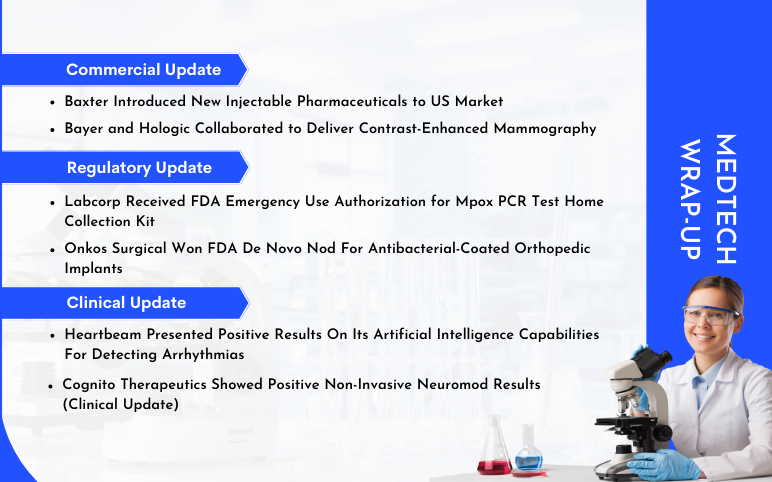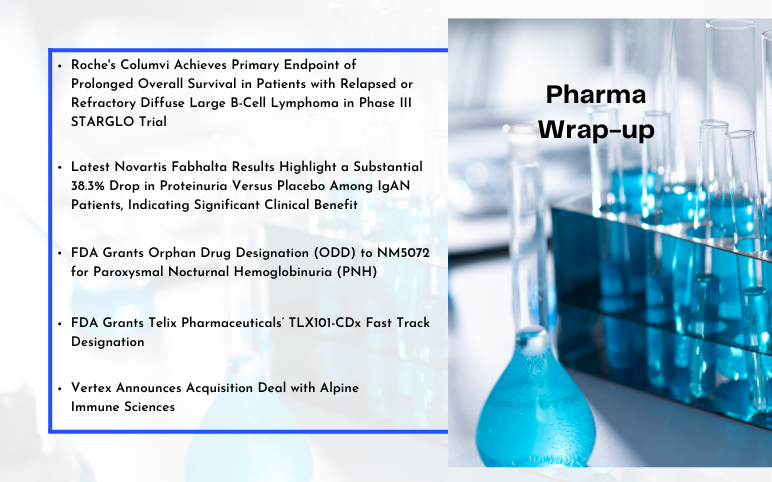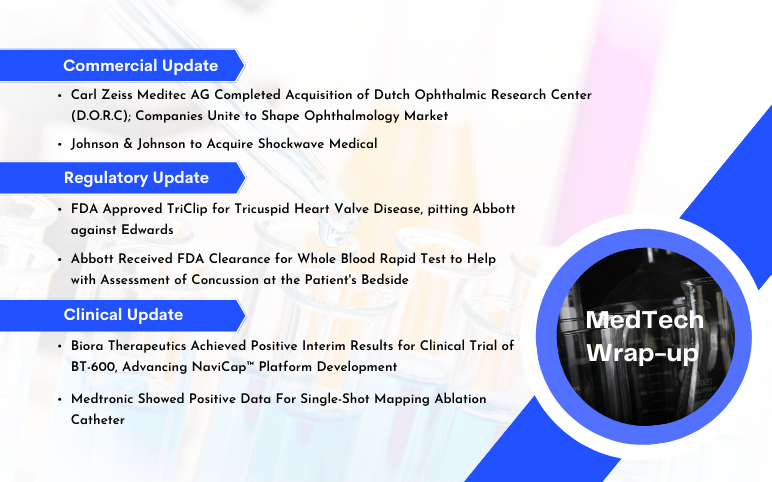Signal Transducer and Activator of Transcription (STAT ) is a family of cytoplasmic transcription factors comprising of 7 members-STAT1, STAT2, STAT3, STAT4, STAT5a, STAT5b, and STAT6. The STAT factors are activated by tyrosine kinase which could be either receptor associated as Janus Kinase (JAKs) or intrinsic tyrosine kinase such as PDGFR, EGFR, and FLT3. Non-receptor protein tyrosine kinase (PTKs) like Brk, c-Src Bcr-Abl can also play a role in their activation. Phosphorylation at specific sites by tyrosine kinase plays a major role in homo and hetro dimerization of STAT proteins imparting a role in DNA binding and transcriptional activation. Since majority of them are present in the cytoplasm and gets activated by JAK, they are also known as Latent Transcription factors. STAT2, STAT4, STAT6 are responsible for the immune responses in the body whereas physiological roles are regulated by STAT1, STAT3, STAT5. Different STAT proteins are encoded by different genes having six conserved domains namely N-terminal Regulatory Domain (NTD), Coiled-Coil Domain, DNA-binding Domain, Linker Domain, SH2 Domain and C-terminal transactivation Domain (TAD Domain) in N-C terminal order.
Improper regulation of the STAT proteins gives a negative feedback increasing its activity further leading to tumor genesis. Mutations in STAT3 and STAT5 are more likely to happen and associated with the occurrence of various types of cancers. On the other hand over-expression of different Signal Transducer and Activator of Transcription protein are related to Asthma, Rheumatoid Arthritis, Bacterial and Viral Infections.
Signal Transducer and Activator of Transcription inhibitors play a vital role in the treatment of various diseases. STAT3 and STAT5 inhibitors mainly targets the oncology based indications including pancreatic cancer, colorectal cancer, melanoma, breast cancer, gastrointestinal cancer and hematological malignancies. The diseased cells express a very high level if the STAT proteins contrary to the normal cells which may survive even at the low levels. The inhibitors work by targeting the SH2 Domain, DNA-Binding Domain, N-terminal Domain of Signal Transducer and Activator of Transcription proteins. The inhibitor molecules prevent phosphorylation thus minimizing the chances of dimerization of the STAT monomers mediated by the interaction between the SH2 domain of one monomer and pTyr motif of other. The transcriptional activities can be modulated by regulating the interaction of DNA-Binding Domain with DNA sequences in the promoter region of responsive genes.
Currently, the pipeline activity in this area is robust with 20+ active pipeline products including the products from companies like Glactone Pharma, AstraZeneca, GLG Pharma, Moleculin, Singh Biotechnology and many more. Currently there is only one therapeutic candidate BBI-608 in the late clinical stage (phase III) under-development by Boston biomedical (subsidiary of Dainippon Sumitomo Pharma) for the indications mainly related to oncology. The drug stands a bright chance to get approved and launched into the market in the near future. Majority of the pipeline drugs belong to the pre-clinical phase signifying Signal Transducer and Activator of Transcription Inhibitor development as the emerging potential area of therapeutic research.
Vidhi Khosla
Associate Analyst









-Agonist.png)


